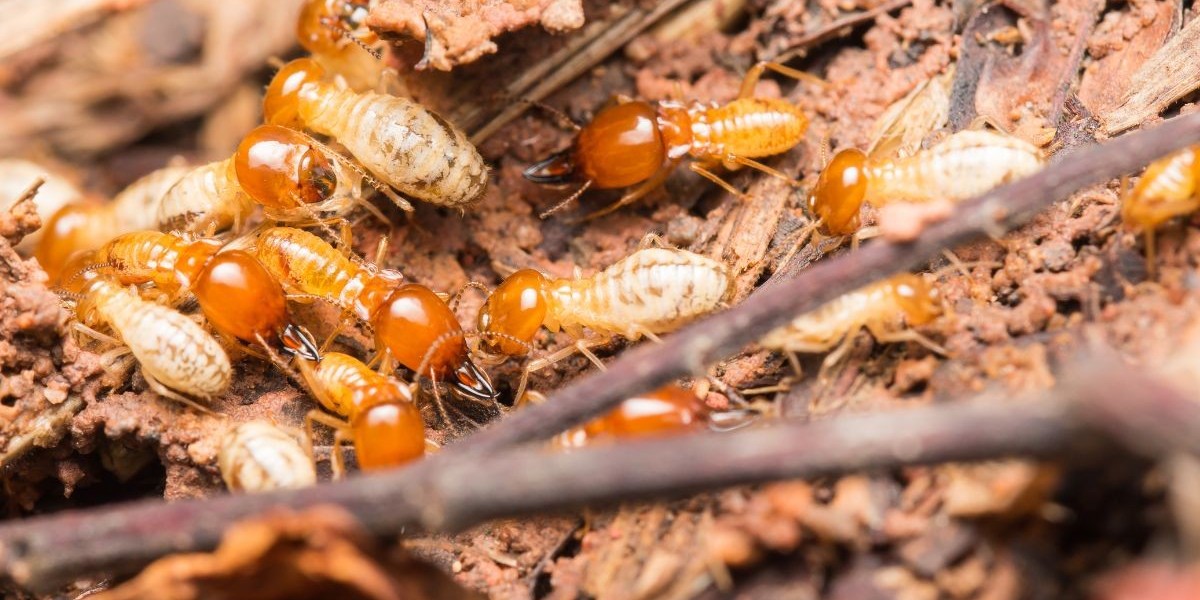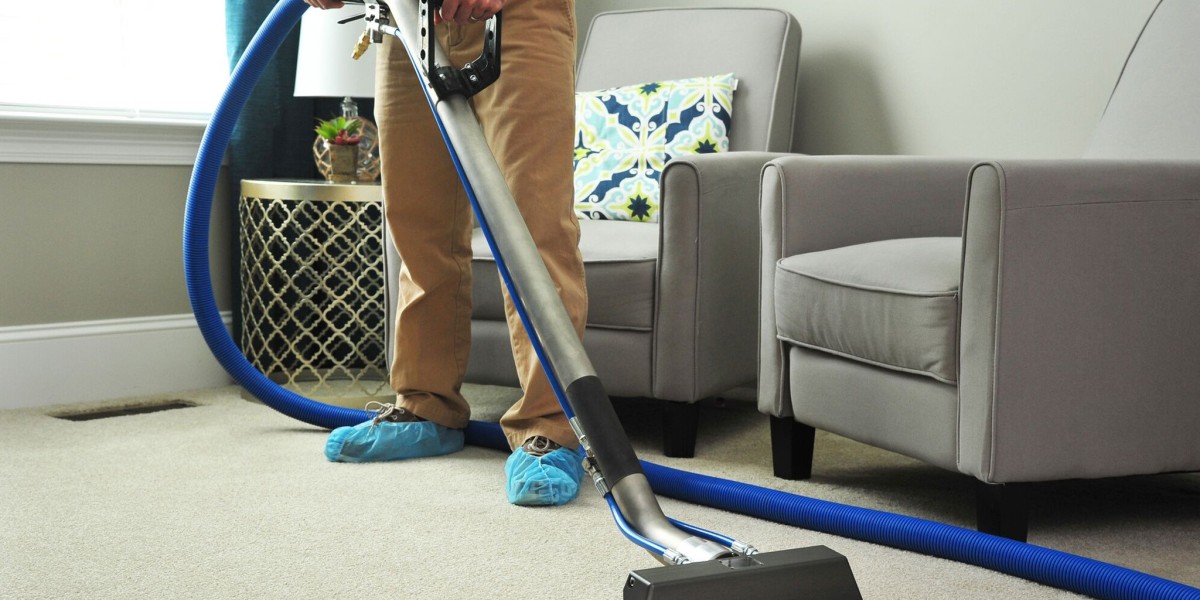Understanding the Early Signs Before Termites Take Over
Homeowners rarely realize how quietly Termites begin their work. There’s no scratching at night, no loud chewing, and no obvious smell. Instead, the early signs are subtle—thin veins of mud tracing along a basement wall, a hollow sound in a wood beam, or winged insects showing up around a window after rain. Because the activity looks harmless at first, most people delay calling a professional. They assume it’s just a seasonal insect or a small problem that can wait.
That delay is where things go wrong. Termites thrive on hesitation. They can enter a structure through cracks as narrow as a credit card’s edge, forming tunnels behind drywall or beneath flooring. What starts as a pin-sized entry point becomes a quiet network of galleries eating away at a home’s structural pieces. Many of the Brooklyn and Staten Island homes I’ve worked in—especially older row houses and brownstones—don’t show damage until the problem has spread far beyond what homeowners can see.
When I explain this during inspections, I see the same expression again and again: surprise mixed with a bit of fear. People simply don’t expect a hidden infestation to move so quickly or so quietly.
To understand why it catches so many off guard, we need to look at the core problem.
Why Termites Cause More Damage Than Homeowners Expect
Termites don’t operate like ants or roaches. They don’t wander around openly or scatter when you turn on a light. They work as a unit, moving through protected tunnels so they’re sheltered from air and light. Colonies can number in the hundreds of thousands, and they feed around the clock.
Here’s what makes it worse:
- They target moisture-rich wood—basement beams, window frames, sill plates, and joists.
- They stay hidden behind paint, wallpaper, and foundation surfaces.
- Their damage often looks like ordinary wear until sections of wood collapse.
But the biggest issue? Homeowners assume the threat is seasonal. They think cold weather slows termites down. In places like Brooklyn, Staten Island, and parts of Queens, many homes have warmer basements or boiler rooms—ideal environments for year-round activity.
That’s why even people who believe they’re safe often discover that the colony never stopped working.
The frustration usually sets in once the homeowner realizes how long the insects have been operating behind the scenes. Repairs can be expensive, and the sense of losing control over your own home can be overwhelming. That emotional agitation is real, and it’s something I’ve seen firsthand for years.
The good news is that a strategic, professional solution can stop all of this. To illustrate how, let me share a real case from close to home.
A Brooklyn Townhouse Saved Just in Time
The Situation
A homeowner in Carroll Gardens called us after noticing small piles of what she described as “sawdust” near her dining room window. She lived in a classic Brooklyn brownstone—three stories, built in the early 1900s, with original wooden frames that had never been replaced. Her first assumption was that the wood was simply aging.
But when I inspected the basement, the story changed quickly. Thin mud tubes ran up the foundation beams, and the sill plate sounded hollow when tapped. The signs were clear: an active, long-established termite colony.
She looked shocked. “We’ve been here for twenty-three years,” she said. “How could this be happening now?”
The truth? It wasn’t just happening now. It had been happening for years.
The Intervention
We performed a full perimeter treatment around the foundation and installed a monitoring system designed to intercept termite activity as it moved through the soil. Because her home was connected to neighboring properties on both sides, we also needed to treat shared foundation walls—something typical in Brooklyn and areas like Park Slope and Cobble Hill.
Inside, we reinforced weakened beams and applied a targeted wood treatment to stop further damage. The homeowner was particularly interested in how the solutions compared to what she had heard about termite control staten island, where many houses sit on moisture-prone lots. I explained that while Staten Island homes often face heavy soil activity, Brooklyn brownstones face hidden interior threats—two different situations, but both linked by the same insect.
Within six weeks, activity in the monitoring stations dropped dramatically. By the three-month check, the colony was eliminated.
The Outcome
The homeowner told me later that she couldn’t believe how close she had come to losing major structural support in her home. The dining room window frame, which she thought was just “old,” had actually been hollowed out from the inside. If she had waited even a few more months, repairs would have cost her ten times what the treatment did.
This case shows something important: you don’t have to see destruction for damage to be happening. And you don’t need to live in a newer house to be safe. In fact, older homes with original wood are even more vulnerable.
How Homeowners Can Stop Termites Before They Spread
The best protection against termites comes down to a mix of awareness, early intervention, and the right professional treatment. Homeowners often feel intimidated or overwhelmed when they hear the word “infestation,” but stopping termites doesn’t have to be complicated. It just has to be done correctly—and at the right time.
Here’s what specialists consider when building a protection plan:
Inspection That Goes Beyond the Surface
A real termite inspection doesn’t just look at obvious areas. We check:
- Basement sill plates
- Subfloors and joists
- Window and door frames
- Utility line entry points
- Crawl spaces and boiler room perimeters
These areas tell us where the colony is feeding, where it entered, and where it’s likely to move next.
Full Perimeter Treatment
This creates a treated zone in the soil around the home, blocking access points. It’s one of the most effective long-term solutions because it targets the colony where it travels—not just where it feeds.
When to Call a Professional—and Why Waiting Is the Costliest Choice
If you’re noticing swarmers, mud tubes, hollow wood, or soft spots around doors and windows, those aren’t small issues. They’re early warnings. Termites don’t stop until someone stops them.
Whether you live in a Brooklyn brownstone, a Staten Island single-family home, or a Queens row house, the signs are the same—and the consequences of waiting are equally serious. Many people think they can manage termites on their own with store-bought treatments, but surface sprays and DIY products don’t reach the colony. The insects simply reroute their tunnels and continue feeding.
A licensed professional uses tools designed to reach where homeowners can’t see. That’s the difference between temporary relief and real elimination.
Conclusion
Your home is more than a structure—it’s the center of your life. And when something as silent as termites threatens it, the best thing you can do is act quickly.
If you’re seeing early signs, or if you simply want peace of mind, reach out to Best@Pest Exterminating. We’ve helped homeowners across Brooklyn, Staten Island, and nearby areas stop infestations before they become disasters. A quick inspection today can prevent thousands in repairs tomorrow.
Don’t wait for the damage to show itself. Let us help you protect what matters.



